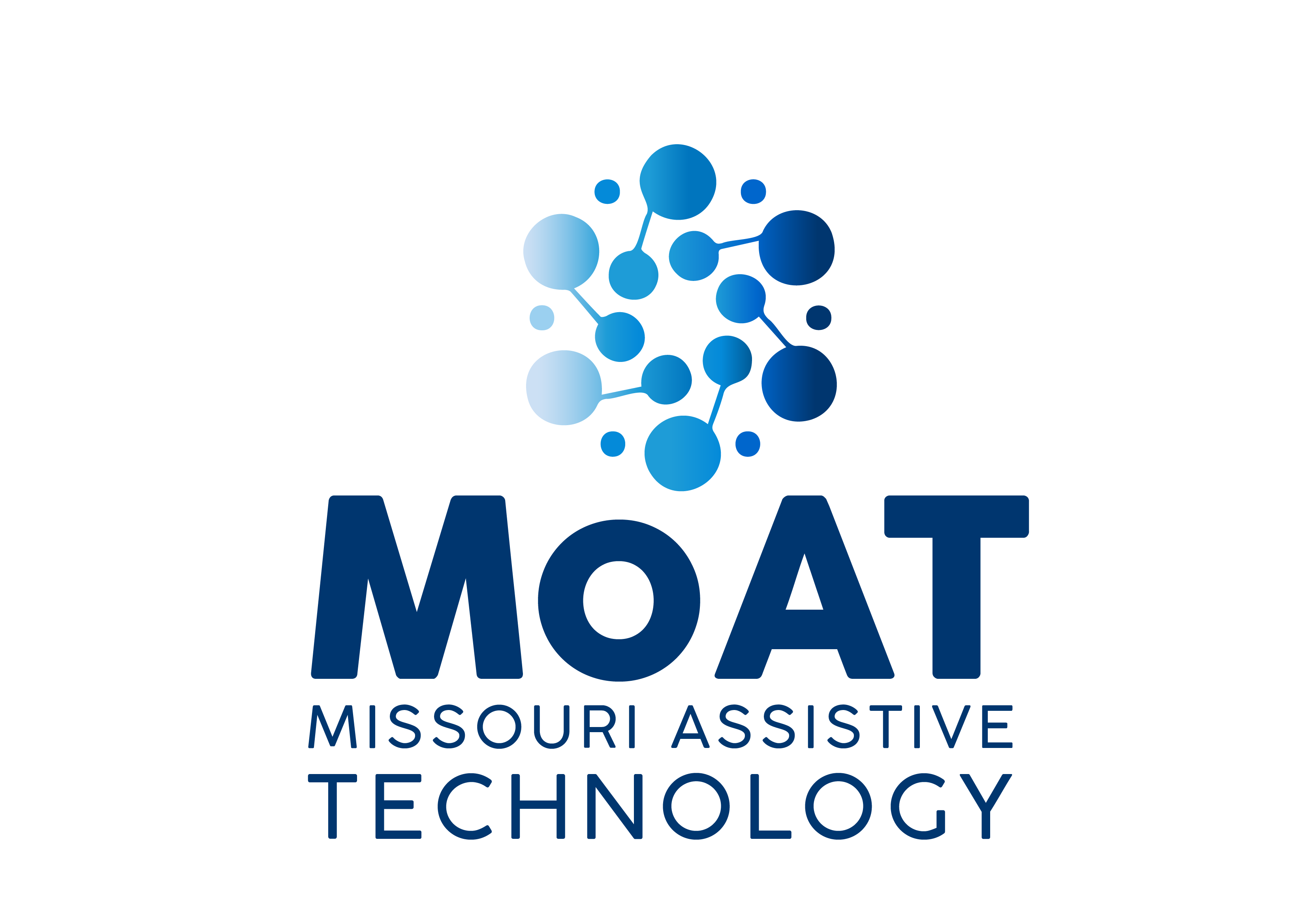A new Missouri tax credit is available to make your business more accessible to people with disabilities. The Missouri Disabled Access Credit (DAC) is a supplement to the federal DAC. The DAC provides a tax credit to individuals and corporations who make their business more accessible to people with disabilities.
What is the federal DAC?
The federal DAC (Section 44 Internal Revenue Code) assists small businesses comply with the ADA (Americans with Disabilities Act). The DAC is available to any eligible small business and is equal to 50 percent of the eligible access expenditures which exceed $250, but do not exceed $10,250, for a maximum credit of $5,000 per year. The credit applies to expenditures paid or incurred and can be carried forward up to 15 years and back up to three years. The credit is claimed on Form 8826.
What is the Missouri DAC?
The DAC is available to Missouri small businesses that have access expenditures that exceed the $10,250 federal credit limit. A Missouri small business may take a state income tax credit of up to 50 percent of “eligible access expenditures” which exceed $10,250. The maximum credit is $5,000 a year.
Who is an eligible small business?
An eligible small business is one whose gross receipts did not exceed $1 Million for the preceding tax year, or who employed not more than 30 full-time employees during the preceding year. A full-time employee is employed at least 30 hours per week for 20 or more calendar weeks in the tax year.
What are eligible expenses?
“Eligible access expenditures” are amounts paid or incurred by an eligible small business that enable the small business to comply with the ADA. Included are expenditures for: removal of architectural barriers in buildings or vehicles; purchase of adaptive equipment (assistive technology) or the modification of equipment to allow access for employees or customers; sign language interpreting or real time captioning for employees or customers with hearing impairments; readers for employees or customers who have visual impairments; production of print materials in alternative formats like audio tape, braille or large print.
Expenses incurred for new construction are NOT eligible.
Are there other tax benefits?
YES. A business of any size may use the Architectural and Transportation Barrier Removal Deduction (Section 190 Internal Revenue Code). Under Section 190, businesses may deduct up to $15,000 for making a facility or public transportation vehicle, owned or leased for use in business, more accessible to and usable by persons with disabilities. A facility is all or any part of a building structure, equipment, road, walk, parking lot or similar property. A public transportation vehicle is a vehicle such as a bus or railroad car, that provides transportation service to the public, or to customers.
This deduction may not be used for expenses incurred for new construction, or for a complete renovation of a facility or public transportation vehicle, or for the normal replacement of depreciable property. The deduction may be used in conjunction with the federal and state Disabled Access Credits for “eligible small businesses”.
Example: A small business renovates or installs a set of accessible restrooms that meet the Americans with Disabilities Act Accessibility Guidelines for door openings, stall size, access to sinks, drinking fountains, etc. The total cost of the project for the small business is $25,000.
Cost after Tax Benefits:
TOTAL PROJECT COST: $25,000
Less federal tax credit – $5,000 (IRC Section 44)
Less state tax credit – $5,000
SUBTOTAL: $15,000
Less value of IRC Section 190 Expense Deduction for corporation in the 38% tax
Bracket – $5,700
NET COST OF PROJECT: $9,300
This is only an example, individual business applications will vary.
The above is introductory information. Because of the complex nature of tax law, interested individuals should consult their tax accountant, or contact the Internal Revenue Service and/or Missouri Department of Revenue for answers to additional questions.

